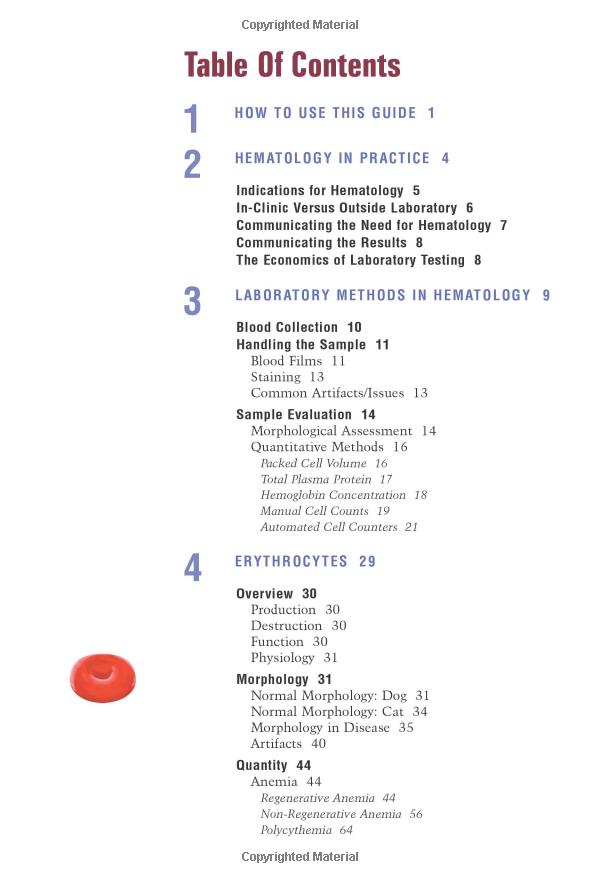Comprehensive Pet Information Sheet: Your Ultimate Guide to Pet Care and Management
#### Introduction to Pet Information SheetA pet information sheet is an essential document that provides crucial details about your pet's health, behavior……
#### Introduction to Pet Information Sheet
A pet information sheet is an essential document that provides crucial details about your pet's health, behavior, and overall care requirements. This sheet serves as a quick reference for pet owners, veterinarians, and caretakers, ensuring that everyone involved in your pet's life is on the same page regarding its needs.
#### Why You Need a Pet Information Sheet
Creating a pet information sheet is vital for several reasons. Firstly, it helps in maintaining a record of your pet's medical history, including vaccinations, allergies, and past illnesses. This information is essential during vet visits or emergencies, where quick access to your pet's medical background can make a significant difference in treatment outcomes.
Moreover, a pet information sheet can include behavioral notes, dietary preferences, and daily routines. This is particularly helpful for pet sitters or boarding facilities, as it allows them to understand your pet's habits and preferences, ensuring a smoother transition and reduced stress for your furry friend.
#### Key Components of a Pet Information Sheet
When creating a pet information sheet, certain key components should be included:

1. **Basic Information**: Start with your pet’s name, breed, age, and weight. This basic information helps identify your pet and provides a snapshot of its physical characteristics.
2. **Medical History**: Document all vaccinations, treatments, and any known allergies. This section should also include details of your regular veterinarian, including contact information.
3. **Dietary Needs**: Specify your pet’s dietary preferences, including any special diets or feeding schedules. It’s crucial to note any foods that should be avoided due to allergies or sensitivities.
4. **Behavioral Notes**: Include information about your pet's temperament, any behavioral issues, and how it interacts with other animals and people. This helps caregivers understand how to handle your pet appropriately.
5. **Emergency Contacts**: List emergency contacts, including your veterinarian, local animal hospitals, and trusted friends or family members who can assist in case of an emergency.

6. **Daily Routine**: Outline your pet’s daily routine, including feeding times, exercise needs, and any specific activities your pet enjoys. This helps maintain consistency in their care.
#### How to Create an Effective Pet Information Sheet
To create an effective pet information sheet, start by gathering all relevant information about your pet. You can use templates available online or create your own document. Ensure that the layout is clear and easy to read, with sections clearly labeled for quick reference.
Once your pet information sheet is complete, keep it in a visible location, such as on your refrigerator or in a designated pet care folder. It’s also wise to keep a digital copy that can be easily shared with caregivers or veterinarians.
#### Updating Your Pet Information Sheet

Regularly updating your pet information sheet is crucial. Schedule periodic reviews to add new medical information, update dietary changes, or revise behavioral notes. Keeping this document current ensures that you are always prepared for any situation that may arise regarding your pet’s care.
#### Conclusion
In summary, a comprehensive pet information sheet is an invaluable tool for any pet owner. It promotes better communication among caregivers, ensures that your pet’s needs are met, and enhances the overall care experience. By taking the time to create and maintain this document, you are investing in the health and happiness of your beloved pet.